Have you seen annoying little bugs flying through your home that look like small fruit flies? I did, too, after using potting soil with fungus gnats in it. I soon realized that those tiny little gnats are a more common problem than you might have imagined.
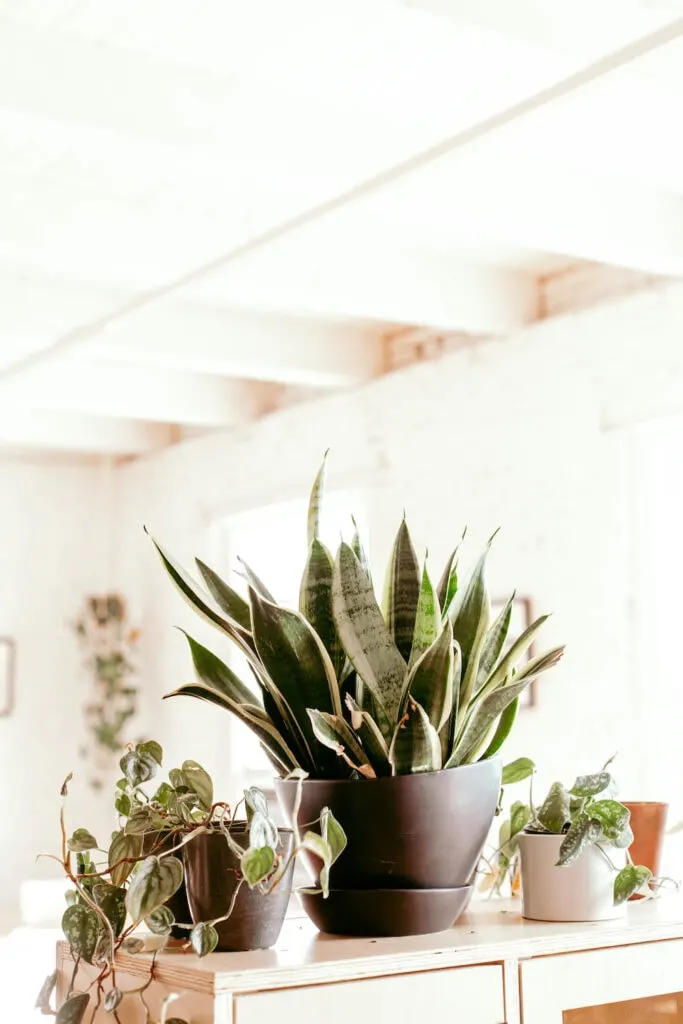
If you have plants that you love, whether it’s one potted houseplant or a raised bed full of veggies, you know how annoying and potentially damaging fungus gnats can be.
So I’ll show you one way that you can get rid of fungus gnats in houseplants. But first, let’s understand why these nasty bugs are different than fruit flies or normal gnats.
What Are Fungus Gnats?
These annoying bugs are sometimes called soil gnats. That is because they unknowingly come into your home through soil.
Fungus gnats look like small fruit flies. But they are not.
By the way, here’s how to get rid of gnats in your home that aren’t fungus gnats.
They are small, dark and have a short life cycle (thankfully). And they do not bite.
While fungus gnats are generally a nuisance, they also cause damage. According to University of California Integrated Pest Management, they can also chew through roots of a houseplant.
It is more common for fungus gnats to damage houseplants indoors than damage outdoor plants. However, any young plant or seedlings, whether grown outdoors or indoors, can be damaged or killed more easily by a fungus gnat infestation.
The problem with fungus gnats is that you can’t see them when you buy potting soil. Especially if you are buying bagged potting soil, as so many people do.
Inside the soil is fungus gnat larvae. According to Stephanie Rose, author of Garden Alchemy:
Fungus gnats can get into your houseplants when they are left outside, but usually, they come straight from the nursery, where they hide in the soil until you bring them home unknowingly. Their larvae eat fungi and plant roots in the soil and then hatch, which is why they suddenly appear in houseplants that were otherwise pest-free.
Because these insects are so short lived (around 17 days for each generation, depending on weather), it is often easier to prevent a new generation of fungus gnat larvae from growing and forming. Rather than focusing on the ones that have already hatched.
However, you can remove the flying gnats you see with a fungus gnat sticky trap to keep your sanity in the meantime.
Controlling fungus gnats life cycle comes down to removing their habitat and changing watering habits, while also using a fungus gnat sand (see recipe below) to prevent their future growth.
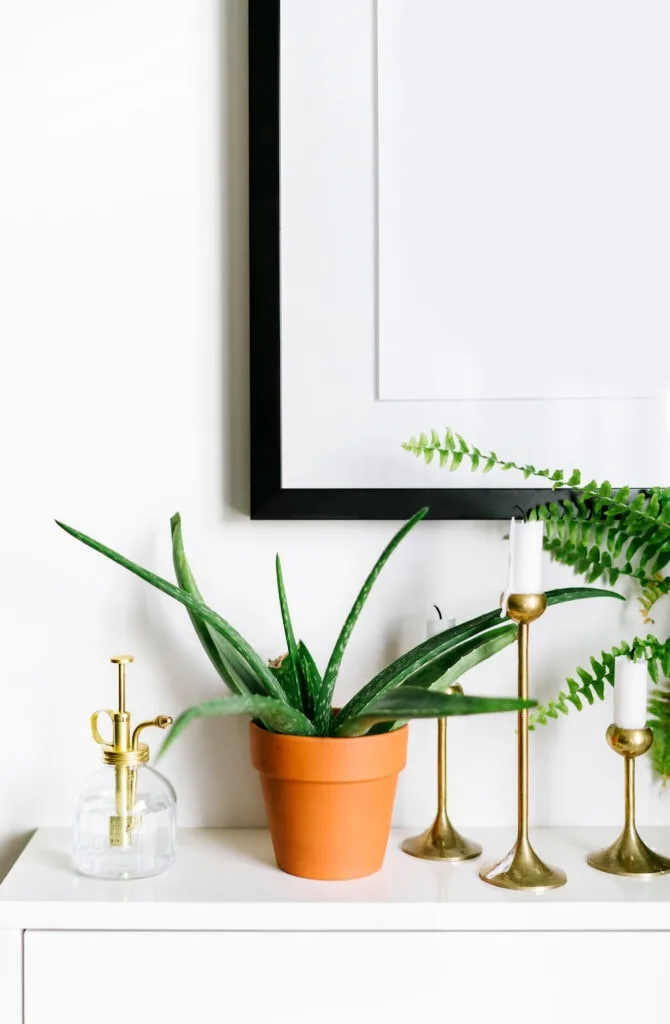
How to Get Rid of Fungus Gnats in Houseplants
The first time I had a problem with fungus gnats, I didn’t know what they were. I thought I just had a weird bug infestation.
The second time I needed to control fungus gnats, it was in an outdoor vegetable garden. I had unknowingly bought a huge bag of potting soil with gnats in it. The raised bed for growing plants, such as basil and tomatoes, was pretty big. And all of the controls that I found to kill the fungus gnat life cycle wouldn’t have been economically feasible in my large garden bed.
The easiest and most effective solution I’ve found is to add Mosquito Bits to your soil and water it in.
Why?
Mosquito Bits is a product that also kills fungus gnats and black flies. The product name is a bit misleading.
The bits are made of Bacillus thuringiensis israliensis (Bti). That is a naturally occurring bacterium which kills the insect larvae that is living in the soil. So while it won’t kill the gnats you see, it will kill that gnats that will hatch soon if you don’t control the soil.
Pest Proof Potting Mix
If you don’t want to buy a product to add to your soil, you can create soil to prevent fungus gnats from breeding. I want to share this home remedy with you.

Stephanie Rose, the author of Garden Alchemy, was kind enough to allow me to share her recipe for fungus gnat sand with you. The pictures below are from her book, too.
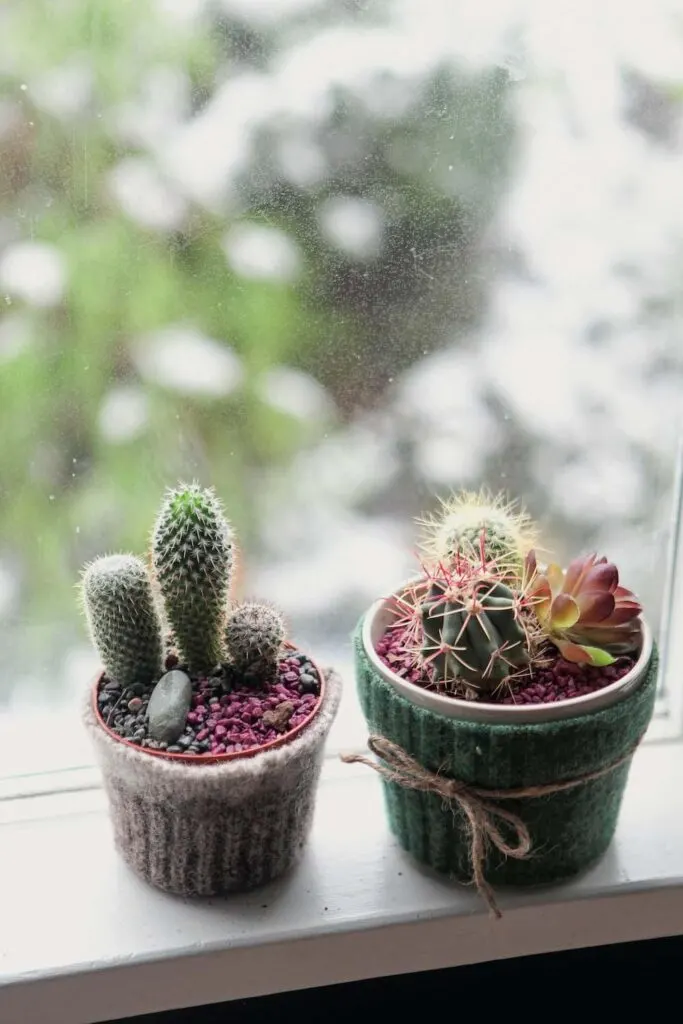
I highly suggest you check out her gardening book that has 80 recipes for organic fertilizers, potting mixes, pest deterrents and more. If you want to garden more organically or just without as many chemicals, then her book is a treasure trove.
Fungus Gnat Sand
Materials
Choose any of the following or combine a mix of them:
Directions
- Let the soil dry completely, then scrape off the top inch (2.5 cm) of soil and discard it.
- Add a layer of any one or a mix of these materials to replace the top layer of soil.
- Water the plant by filling the bottom tray and allowing the water to wick up into the soil. Discard any water that isn’t wicked up within 30 minutes to prevent the soil from becoming oversaturated.
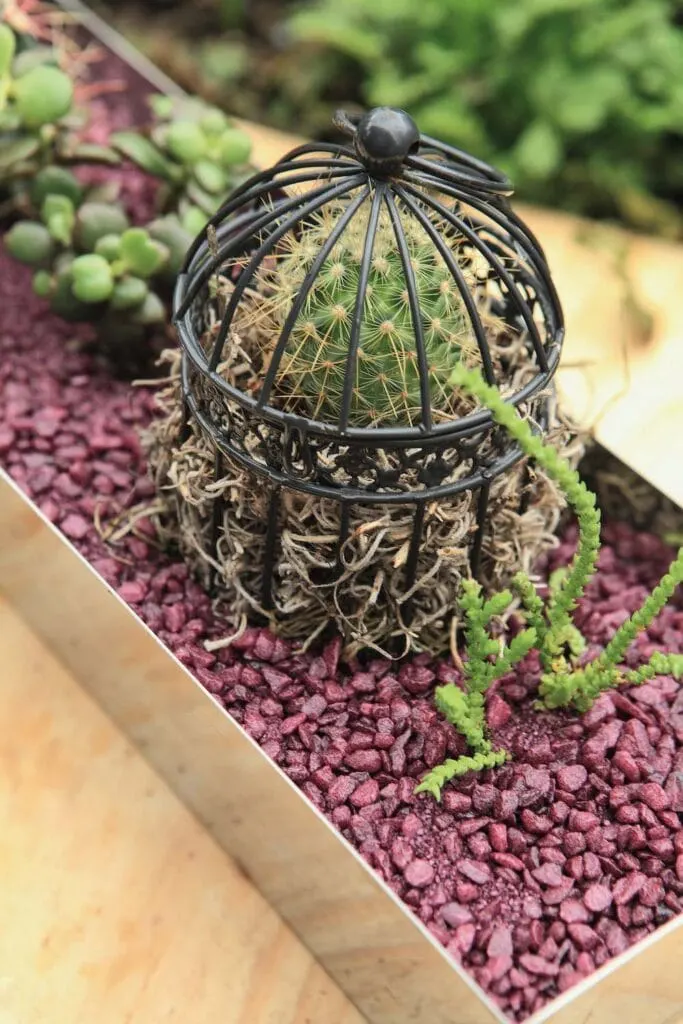
Store Extra Potting Soil in an Airtight Container
If you keep your potting soil in a bag or open bucket, fungus gnats can easily get in and lay their eggs, but the eggs need air to survive so airtight containers like buckets with tight-fitting lids will keep gnat larvae at bay.
Pin It! Share this gardening hack on Pinterest or with friends and family that love their houseplants!
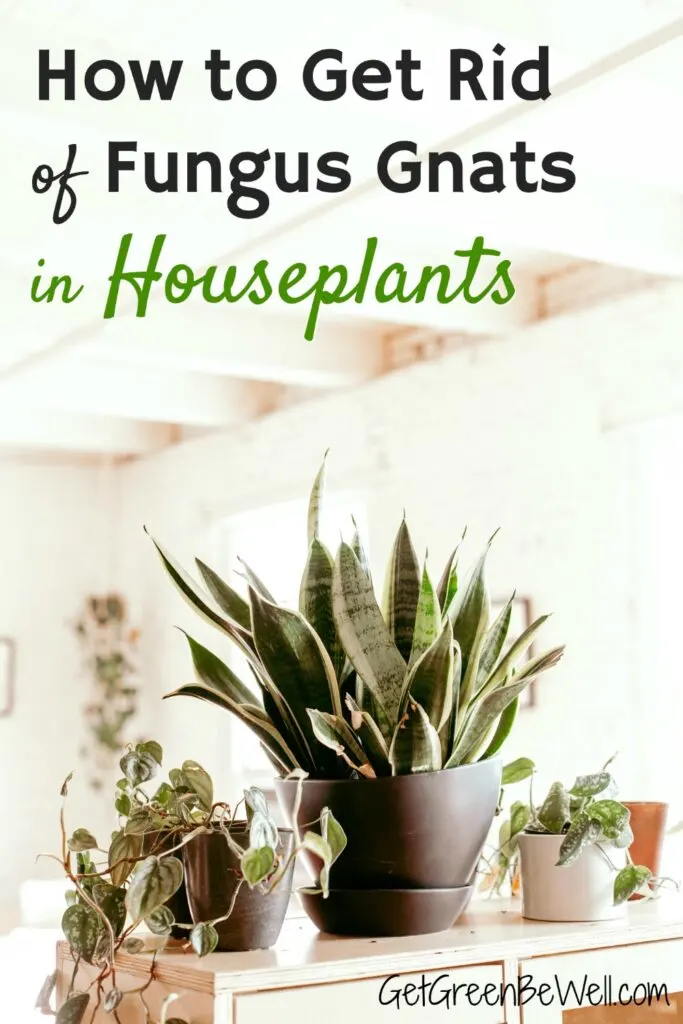
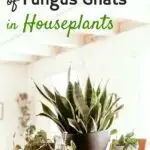
lisa
Friday 12th of February 2021
I tried everything to get rid of fungus gnats. How long does the soil need to be in an airtight container to kill them? I am afraid to open the container. Thanks
Kimberly Button
Saturday 13th of February 2021
Hi Lisa, the life cycle of the larvae can be a few weeks. So you'll want to try to keep it in an airtight container at least a few weeks.